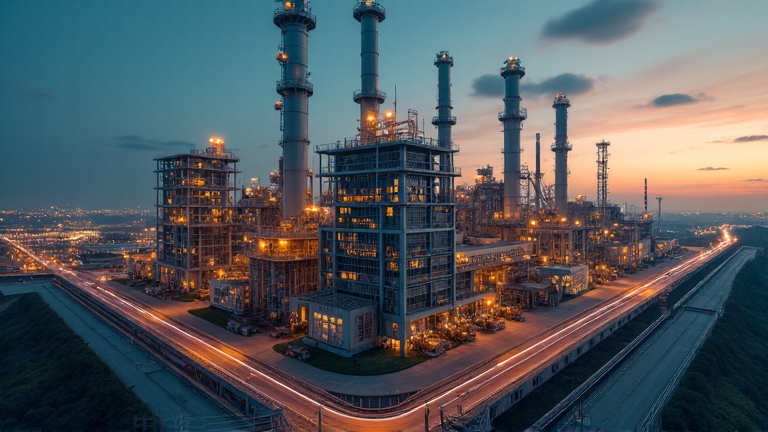
Markets Redefining Their Course
Investor enthusiasm that once soared with optimistic views on AI innovation and perceived market-friendly policies has taken a more cautious turn. In recent months, rising tariff threats from U.S. leadership along with recalibrated expectations around artificial intelligence have reshaped the financial landscape.
Tariffs Stir Uncertainty
When U.S. President Donald Trump mentioned the possibility of reciprocal tariffs, investor confidence waned noticeably. The threat of mirroring foreign duties after tariffs imposed by other countries sparked a downturn in stock prices. Key points include:
- New Metal Tariffs: Trump is expected to declare an additional 25% tariff on all steel and aluminum imports on Monday, further compounding existing levies.
- Corporate Movements: In a related development, during a press conference with Japanese Prime Minister Shigeru Ishiba, Trump noted that Nippon Steel would invest in U.S. Steel, thereby abandoning its bid to acquire the company.
AI: From Market Driver to Source of Doubt
Artificial intelligence, which had propelled markets during the previous year, now brings more questions than unequivocal support. DeepSeek’s revelation—that its training costs represent only a small fraction of the billions spent on U.S. AI models—has cast a shadow on the planned AI outlay. Despite Big Tech’s commitment of over $300 billion in 2025 towards AI and data centers, the recent findings have led some industry leaders to reassess the underlying value of these investments. Google DeepMind’s CEO, Demis Hassabis, acknowledged the impressive work but downplayed its scientific novelty.
Global Economic Indicators and Labor Data
The broader economic picture displays a mix of promising and cautionary signals:
- China’s Mixed Signals: Consumer prices in China experienced a 0.5% annual rise in January, slightly easing deflationary worries despite producer prices dropping 2.3% year over year for the 28th consecutive month.
- U.S. Labor Market Update: The U.S. job market added 143,000 positions in January. While nonfarm payroll growth was lower than December’s upwardly revised figures and missed expectations, the unemployment rate fell slightly from 4.1% to 4%, and hourly earnings surpassed forecasts with a 0.5% increase.
European Markets Outshine Their U.S. Counterparts
Financial sentiment in Europe appears more resilient compared to U.S. indices which experienced significant declines. Highlights include:
- U.S. Declines: Major indexes like the S&P 500, Dow, and Nasdaq all closed lower, largely influenced by the looming threat of reciprocal tariffs.
- European Resilience: Although Europe’s Stoxx 600 index dipped by 0.38% on a single day, it ultimately closed the week with a modest gain of 0.54%. Even well-established companies like Porsche and L'Oréal faced challenges due to weak guidance and earnings disappointments.
Looking Ahead: Inflation and Installation Investments
Investors are now eyeing upcoming data releases, particularly the consumer and producer price indexes for January. The recent jobs report, which highlighted stronger-than-expected wage growth, coupled with voter sentiment pointing to a rise in anticipated inflation rates (now at 4.3%), has raised concerns about future economic trajectories.
Furthermore, despite uncertainties in the tech sphere, major investments continue unabated. SoftBank is nearing a $40 billion investment in OpenAI at a $260 billion valuation, and the combined AI investment commitment by Meta, Amazon, Alphabet, and Microsoft reaches nearly $320 billion for the coming year.
Coal's Ongoing Role in Global Energy
A notable aside in the discussion comes from energy markets. U.S. President Trump recently remarked at the World Economic Forum that global reliance on coal remains stubbornly high, a statement which is supported by rising U.S. coal exports. With global demand projected to sustain near 8.77 billion tonnes until 2027, the energy sector continues to balance the tension between traditional fuels and emerging renewable pressures.
This evolving scenario underscores a market in flux, where old drivers are revisited and new concerns take shape, prompting investors to reconsider their strategies in an ever-shifting global economy.
Note: This publication was rewritten using AI. The content was based on the original source linked above.